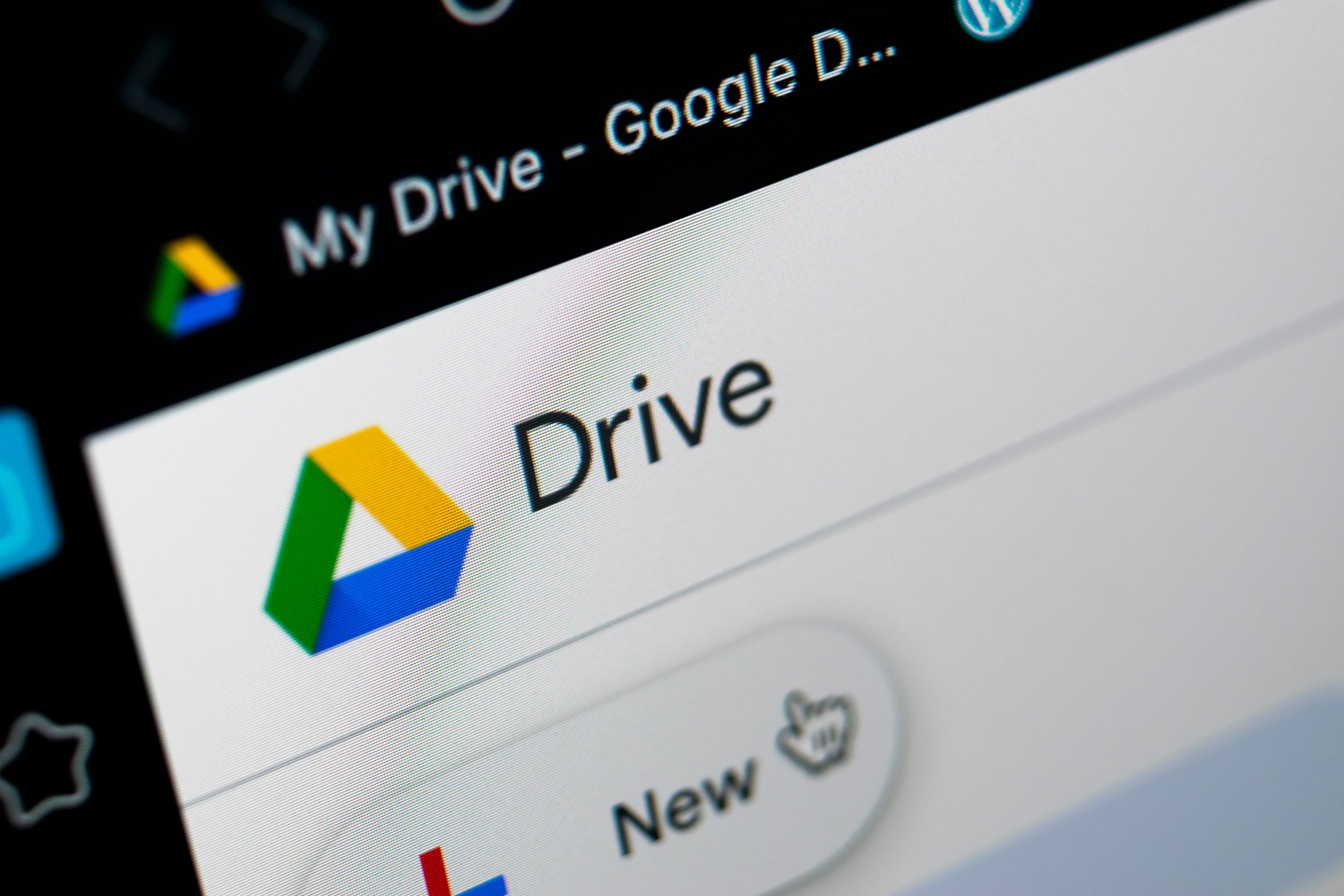Good News for Colorado’s Disability Community: Recent Wins in Accessibility, Inclusion, and Innovation
Image: A man who is a wheelchair user sits at a desk with two coworkers.
At a time when daily headlines often highlight struggle, division, and frustration, it’s easy to miss the quieter, but no less important, victories happening in communities around the country. For individuals with disabilities, the last few years have been filled with hurdles, from navigating healthcare and employment inequities to advocating for basic accessibility in public spaces. Yet, along with these ongoing challenges, there’s good news to share, which highlights that real, substantive progress is being made.
In Colorado, several recent developments reflect the growing momentum toward equity, inclusion, and empowerment for people with disabilities. These victories are a testament to the power of community collaboration, thoughtful policy change, and technological innovation. From accessible sidewalks to inclusive hiring programs, here are four stories that are bringing hope to the disability community and momentum for future progress.
Opening Doors: Colorado’s Bold Steps Toward Inclusive Employment
Colorado is steadily emerging as a national leader in creating inclusive employment opportunities for people with disabilities. Through innovative state and federal partnerships, forward-thinking legislation, and strong community support, the state is breaking down barriers and shaping a more equitable workforce.
Image: A man who is a wheelchair user shakes the hand of a woman who sits with two others who are interviewing him for a job.
A major milestone came in December 2024, when the U.S. Department of Labor selected Colorado to join the National Expansion of Employment Opportunities Network (NEON). This appointment places Colorado as a “core state” in the initiative, offering federal backing to expand competitive, integrated employment opportunities for people with disabilities. The support includes technical guidance on developing inclusive hiring policies, as well as long-term mentoring to help employers across the state better support workers with disabilities. This partnership demonstrates Colorado’s commitment to employment equity and underscores its leadership in transforming the disability employment landscape.
You can learn more about NEON here.
In addition to NEON, the Disability Program Navigator (DPN) initiative is making a significant impact. DPNs serve as a vital bridge between job seekers with disabilities and workforce centers across the state. They are trained professionals embedded within Colorado’s Workforce Centers who provide one-on-one, in-person or virtual support to job seekers with disabilities. Their role is to help individuals navigate the workforce system, connect to employment and training opportunities, and understand how work may impact their benefits. They provide personalized support in job applications, resume building, and interview preparation, while helping individuals access apprenticeships and work-based learning programs. Equally important, DPNs assist in navigating workplace accommodations and understanding how employment affects benefits, including Medicaid Buy-In. As the program expands, it focuses on reaching underserved and rural communities, ensuring no one is left behind.
Go here to learn more about the Disability Program Navigator and get in contact.
On the employer side, Colorado is also working to foster a more inclusive hiring culture. Through the 2025 Employer Challenge, launched by the state’s Division of Vocational Rehabilitation during National Disability Employment Awareness Month in October, businesses are invited to commit to hiring employees with disabilities. As part of this initiative, employers engage in workshops focused on ADA compliance, reasonable accommodations, and inclusive practices. The program also encourages strategies like skills-based hiring and universal design, benefiting both people with disabilities and the workforce as a whole.
These efforts collectively represent a statewide push to dismantle systemic barriers and create a future where people with disabilities have equal access to opportunity, dignity, and economic stability.
Safer Streets: Denver Advances Citywide Accessible Sidewalk Plan
Navigating a city without reliable sidewalks can be more than just an inconvenience; it’s a safety hazard for people with disabilities. That’s why the City of Denver’s recent step forward is a cause for celebration among accessibility advocates.
Image: Picture of a damaged sidewalk in Denver.
In April 2025, the Denver City Council approved a $15 million contract to help implement the city’s first-ever Sidewalk Master Plan. This program is a direct result of the 2022 “Denver Deserves Sidewalks” ballot measure, which passed with overwhelming community support. The measure shifted sidewalk maintenance responsibilities from property owners to the city, along with introducing a modest annual fee based on property frontage to fund comprehensive improvements.
The Sidewalk Master Plan will assess conditions citywide, prioritize repairs in underserved areas, and ensure upgrades meet ADA standards. For individuals who use wheelchairs, people with vision impairments, seniors, and parents with strollers, these improvements are more than just convenience. They offer freedom, dignity, and safety. We believe everyone has the right to accessible mobility.
Learn more about the Denver Deserves Sidewalks program here.
Building Trust: The Blue Envelope Program Expands Across Colorado
Image: A Boulder County Blue Envelope for the Blue Envelope Program
In any interaction with law enforcement or emergency responders, clear communication can be the key to preventing misunderstandings that might escalate into challenging or harmful situations. That’s why the expansion of Boulder County’s Blue Envelope Program is such an important and impactful development.
Originally launched by the Boulder County Sheriff’s Office, the program supports individuals with cognitive, developmental, or communication-related disabilities, such as autism, dementia, or brain injuries, during traffic stops or police encounters. Participants keep important documents, such as identification, emergency contacts, and communication preferences, in a clearly marked blue envelope, which can easily be handed to officers during encounters.
Since its success in Boulder, the program has been adopted in neighboring jurisdictions, including Jefferson County and the City of Longmont. This low-cost, high-impact initiative is cultivating dignity, safety, and understanding between law enforcement and individuals with disabilities. In many situations, a few moments of clarity can change the entire outcome.
The program’s success has even inspired similar discussions in other states, demonstrating how community-driven solutions can spread when they’re effective.
Learn more about the Blue Envelope Program here.
Tech for Good: Google Drive Launches Video Transcripts for Better Accessibility
Not all accessibility advancements are happening in physical spaces. In February 2025, Google introduced a groundbreaking feature in Google Drive: automatic, searchable, time-stamped transcripts for uploaded videos.
Image: The Google Drive logo is shown on a computer screen.
This development is a significant win for people who are Deaf or hard of hearing, allowing them to read video content in text format. But the benefits extend beyond that. Educators, students, and professionals with learning disabilities or neurodivergent processing styles can also benefit from the ability to search and review video content more easily.
The transcripts appear alongside the video in the Drive interface and are accessible on both desktop and mobile devices. They can be edited, downloaded, or shared, making it easier than ever to engage with digital media. This innovation is an example of how accessible design and thoughtful technology can level the playing field.
Google’s ongoing investment in digital accessibility shows a growing recognition that inclusion doesn’t stop with physical spaces. It extends to the digital realm, too.
You can learn more here.
These four stories—ranging from citywide initiatives to tech innovations—demonstrate how real, positive change is unfolding for Colorado’s disability community. While we still have much work to do, these victories remind us that progress is possible. By lifting up these stories and continuing to push for more, we can help create a future that is truly inclusive, equitable, and hopeful.






